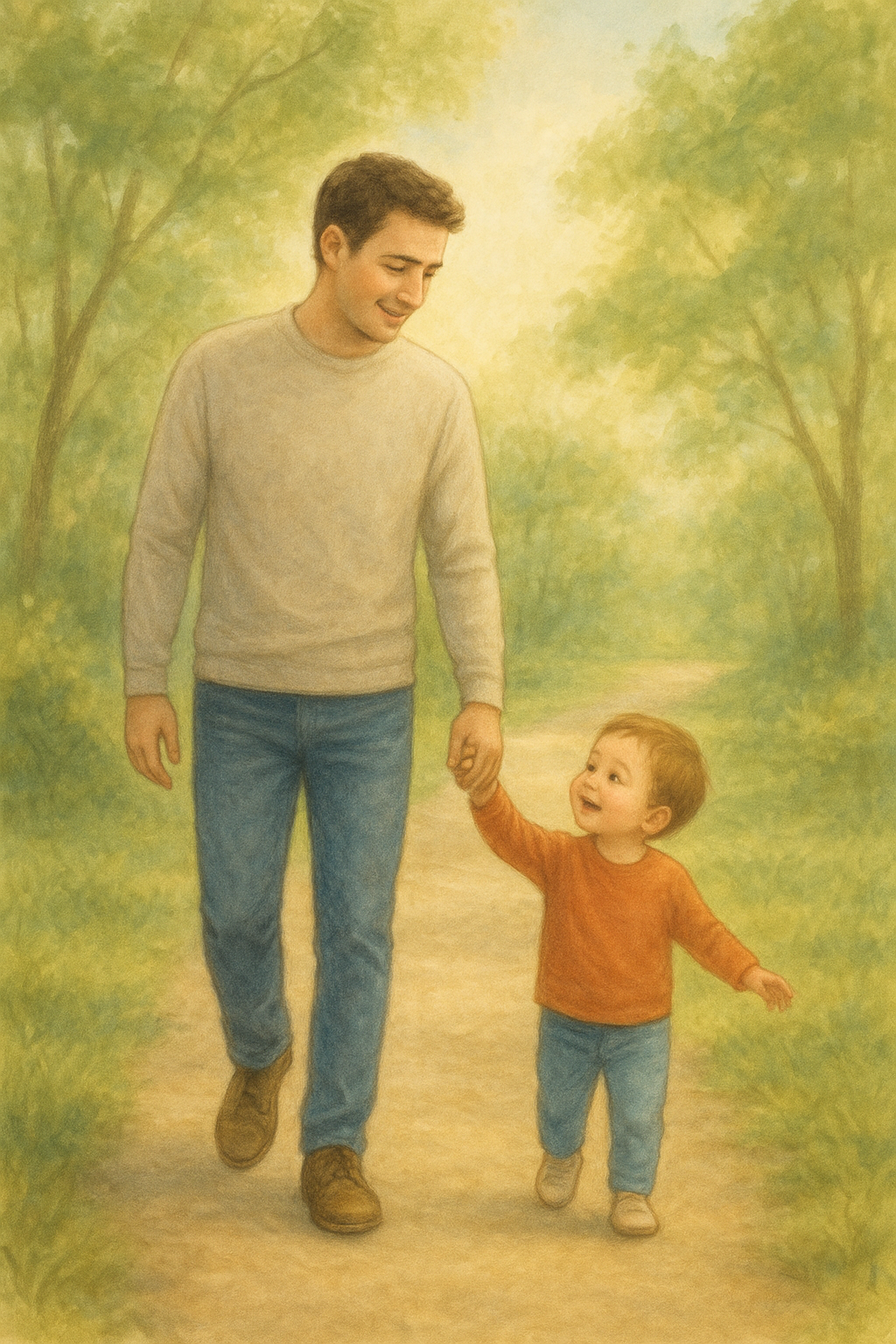TopMo Store
How to Take a Shower for Baby Safety
How to Take a Shower for Baby Safety
Couldn't load pickup availability
Table of Contents
-
Introduction
-
Chapter 1: Understanding Baby Hygiene
-
Chapter 2: Preparing Safely for Baby Showering
-
Chapter 3: Step-by-Step Baby Shower Guide
-
Chapter 4: Common Mistakes to Avoid
-
Chapter 5: Aftercare & Skincare
-
Chapter 6: Safety Tools & Products for Parents
-
Chapter 7: Tips for Different Age Stages
-
Final Safety Checklist
-
Conclusion
Introduction
Bathing a baby is one of the most tender, loving, and sometimes intimidating tasks for new parents. Unlike adults or older children, babies are fragile, slippery, and sensitive. A shower or bath session is not just about cleaning — it’s about ensuring comfort, safety, and bonding.
In this guide, we’ll walk step by step through the essentials of showering and bathing babies safely. You’ll learn how to prepare, what to avoid, and how to care for your baby’s delicate skin. Whether you’re a first-time parent or just need a refresher, this eBook is designed to make you confident and calm during bath time.
Chapter 1: Understanding Baby Hygiene
Why Hygiene Matters for Babies
-
Babies have sensitive skin that easily collects dirt, sweat, and bacteria.
-
Regular cleaning helps prevent rashes, infections, and discomfort.
-
Bathing also soothes babies, improves sleep, and supports healthy development.
Baby Skin Differences
-
Baby skin is thinner and loses moisture faster than adult skin.
-
It is prone to irritation from harsh soaps or hot water.
-
Gentle, mild, and fragrance-free products are best.
How Often Should Babies Shower or Bathe?
-
Newborns (0–3 months): 2–3 times a week is enough.
-
Infants (3–12 months): Every other day or as needed.
-
Toddlers (1–3 years): Daily baths/showers can be introduced.
Chapter 2: Preparing Safely for Baby Showering
Essential Supplies
-
Mild baby soap or shampoo.
-
Soft washcloth or sponge.
-
Hooded baby towel.
-
A plastic baby bath seat or support cushion.
-
Fresh diaper and clothes.
Preparing the Bathroom
-
Check water temperature: Ideal is 37–38°C (98–100°F).
-
Remove hazards: Slippery mats, sharp items, or clutter.
-
Set everything nearby: Never leave baby unattended to fetch items.
Parent Readiness
-
Roll up sleeves, remove jewelry, and wash your own hands.
-
Keep your phone away — focus entirely on baby.
-
Stay calm: babies sense your anxiety.
Chapter 3: Step-by-Step Baby Shower Guide
-
Prepare the Water
-
Run warm water, test with your wrist or elbow.
-
Avoid strong jets; gentle flow is best.
-
-
Undress the Baby
-
Do this in a warm room to avoid chills.
-
Keep a towel nearby.
-
-
Support the Baby
-
Hold baby with one arm under their head and shoulders.
-
Use your free hand for washing.
-
-
Wet Gently
-
Start with feet and legs to ease them in.
-
Use a cup or hand to pour water slowly.
-
-
Clean Carefully
-
Face: wipe with damp cloth (no soap).
-
Body: mild soap on cloth, rinse well.
-
Hair: a drop of shampoo, rinse gently.
-
-
Rinse & Wrap
-
Rinse off all soap to prevent irritation.
-
Wrap baby in a hooded towel immediately.
-
Chapter 4: Common Mistakes to Avoid
-
Using hot water (burn risk).
-
Leaving baby unattended even for a second.
-
Using strong adult soaps or shampoos.
-
Over-bathing (causes dry skin).
-
Forgetting to dry folds (neck, armpits, thighs).
Chapter 5: Aftercare & Skincare
-
Dry thoroughly: Especially in folds where moisture lingers.
-
Moisturize: Use hypoallergenic baby lotion.
-
Diaper care: Always use a clean diaper after showering.
-
Clothing: Dress in soft, breathable cotton.
Chapter 6: Safety Tools & Products for Parents
-
Bath thermometer: Ensures safe water temperature.
-
Non-slip mat: Prevents accidents in the bathroom.
-
Baby bath seat: Provides extra support.
-
Kneeling pad: Keeps parents comfortable during bath.
Chapter 7: Tips for Different Age Stages
Newborns (0–3 months)
-
Focus on sponge baths.
-
Keep showers short (5 minutes).
Infants (3–12 months)
-
Introduce playful toys.
-
Encourage splashing, but always supervise.
Toddlers (1–3 years)
-
Let them help wash themselves.
-
Start teaching independence while monitoring closely.
Final Safety Checklist
✅ Is the water warm, not hot?
✅ Are all supplies within reach?
✅ Are you calm and focused?
✅ Did you dry folds and moisturize?
✅ Did you stay with the baby at all times?
Share






